Title Page
PREFACE
CONTENTS
BASIC CONCEPTS
Examples of Conduction Problems
Focal Point in Conduction Heat Transfer
Fourier's Law of Conduction
Conservation of Energy: Differential Formulation of the Heat Conduction Equation in Rectangular Coordinates
The Heat Conduction Equation in Cylindrical and Spherical Coordinates
Boundary Conditions
Surface Convection: Newton's Law of Cooling
Surface Radiation: Stefan-Boltzmann Law
Examples of Boundary Conditions
Problem Solving Format
Units
REFERENCES
ONE-DIMENSIONAL STEADY STATE CONDUCTION
Examples of One-dimensional Conduction
Extended Surfaces: Fins
The Function of Fins
Types of Fins
Heat Transfer and Temperature Distribution in Fins
The Fin Approximation
The Fin Heat Equation: Convection at Surface
Determination of $\frac {dA_{s}{dx}}$
Boundary Conditions
Determination of Fin Heat Transfer Rate $q_{f}$
Steady State Applications: Constant Area Fins with Surface Convection
Corrected Length $L_{c}$
Fin Efficiency $\eta_{f}$
Moving Fins
Application of Moving Fins
Variable Area Fins
Bessel Differential Equations and Bessel Functions
General Form of Bessel Equations
Solutions: Bessel Functions
Special Closed-form Bessel Functions:$n = \frac {odd integer}{2}$
Special Relations for n = 1, 2, 3, ….
Derivatives and Integrals of Bessel Functions [2,3]
Tabulation and Graphical Representation of Selected Bessel Functions
Equidimensional (Euler) Equation
Graphically Presented Solutions to Fin Heat Transfer Rate [5]
REFERENCES
TWO-DIMENSIONAL STEADY STATE CONDUCTION
The Heat Conduction Equation
Method of Solution and Limitations
Homogeneous Differential Equations and Boundary Conditions
Sturm-Liouville Boundary-Value Problem: Orthogonality [1]
Procedure for the Application of Separation of Variables Method
Cartesian Coordinates: Examples
Cylindrical Coordinates: Examples
Integrals of Bessel Functions
Non-homogeneous Differential Equations
Non-homogeneous Boundary Conditions: The Method of Superposition
REFERENCES
TRANSIENT CONDUCTION
Simplified Model: Lumped-Capacity Method
Criterion for Neglecting Spatial Temperature Variation
Lumped-Capacity Analysis
Transient Conduction in Plates
Non-homogeneous Equations and Boundary Conditions
Transient Conduction in Cylinders
Transient Conduction in Spheres
Time Dependent Boundary Conditions: Duhamel’s Superposition Integral
Formulation of Duhamel’s Integral [1]
Extension to Discontinuous Boundary Conditions
Applications
Conduction in Semi-infinite Regions: The Similarity Method
REFERENCES
CONDUCTION IN POROUS MEDIA
Examples of Conduction in Porous Media
Simplified Heat Transfer Model
Porosity
Heat Conduction Equation: Cartesian Coordinates
Boundary Conditions
Heat Conduction Equation: Cylindrical Coordinates
Applications
REFEENCES
CONDUCTION WITH PHASE CHANGE: MOVING BOUNDARY PROBLEMS
Introduction
The Heat Equations
Moving Interface Boundary Conditions
Non-linearity of the Interface Energy Equation
Non-dimensional Form of the Governing Equations: Governing Parameters
Simplified Model: Quasi-Steady Approximation
Exact Solutions
Stefan’s Solution
Neumann’s Solution: Solidification of Semi-Infinite Region
Neumann’s Solution: Melting of Semi-infinite Region
Effect of Density Change on the Liquid Phase
Radial Conduction with Phase Change
Phase Change in Finite Regions
REFERENCES
NON-LINEAR CONDUCTION PROBLEMS
Introduction
Sources of Non-linearity
Non-linear Differential Equations
Non-linear Boundary Conditions
Taylor Series Method
Kirchhoff Transformation
Transformation of Differential Equations
Transformation of Boundary Conditions
Boltzmann Transformation
Combining Boltzmann and Kirchhoff Transformations
Exact Solutions
REFERENCES
APPROXIMATE SOLUTIONS: THE INTEGRAL METHOD
Integral Method Approximation: Mathematical Simplification
Procedure
Accuracy of the Integral Method
Application to Cartesian Coordinates
Application to Cylindrical Coordinates
Non-linear Problems [5]
Energy Generation
REFERENCES
PERTURBATION SOLUTIONS
Introduction
Solution Procedure
Examples of Perturbation Problems in Conduction
Perturbation Solutions: Examples
Useful Expansions
REFERENCES
Heat Transfer in Living Tissue
Introduction
Vascular Architecture and Blood Flow
Blood Temperature Variation
Mathematical Modeling of Vessels-Tissue Heat Transfer
Pennes Bioheat Equation [1]
Chen-Holmes Equation [5]
Three-Temperature Model for Peripheral Tissue [7]
Weinbaum-Jiji Simplified Bioheat Equation for Peripheral Tissue [8]
The $s$-Vessel Tissue Cylinder Model [16]
REFERENCES
MICROSCALE CONDUCTION
Introduction
Categories of Microscale Phenomena
Purpose and Scope of this Chapter
Understanding the Essential Physics of Thermal Conductivity Using the Kinetic Theory of Gases
Derivation of Fourier’s Law and an Expression for the Thermal Conductivity
Energy Carriers
Ideal Gases: Heat is Conducted by Gas Molecules
Metals: Heat is Conducted by Electrons
Electrical Insulators and Semiconductors: Heat is Conducted by Phonons (Sound Waves)
Radiation: Heat is Carried by Photons (Light Waves)
Thermal Conductivity Reduction by Boundary Scattering: The Classical Size Effect
Accounting for Multiple Scattering Mechanisms: Matthiessen’s rule
Boundary Scattering for Heat Flow Parallel to Boundaries
Boundary Scattering for Heat Flow Perpendicular to Boundaries
Closing Thoughts
REFERENCES
APPENDIX A: ORDINARY DIFFERENTIAL EQUATIONS
APPENDIX B INTEGRALS OF BESSEL FUNCTIONS
APPENDIX C: Values of Bessel Functions
APPENDIX D FUNDAMENTAL PHYSICAL CONSTANTS AND MATERIAL PROPERTIES
INDEX
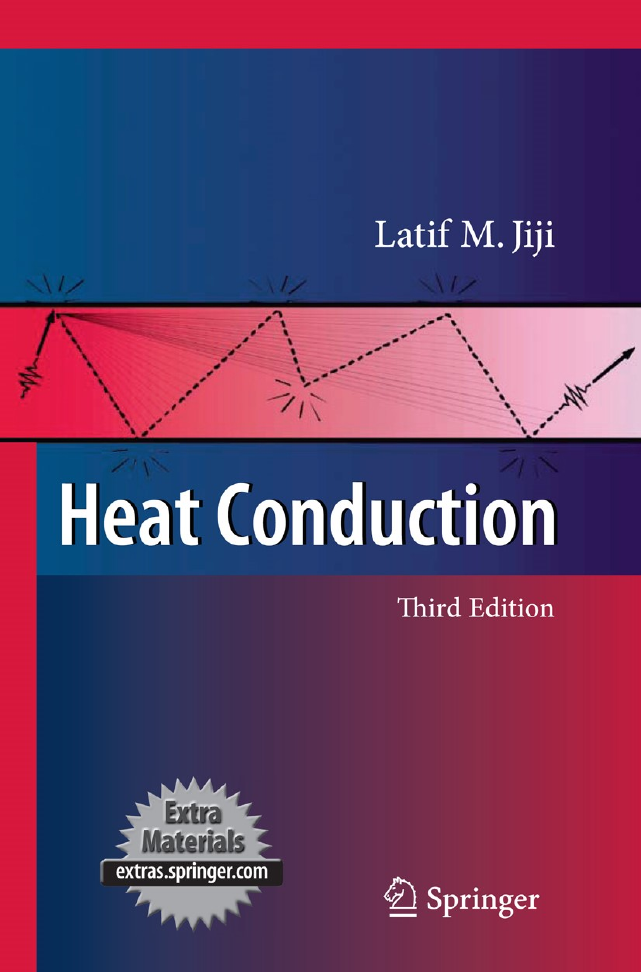
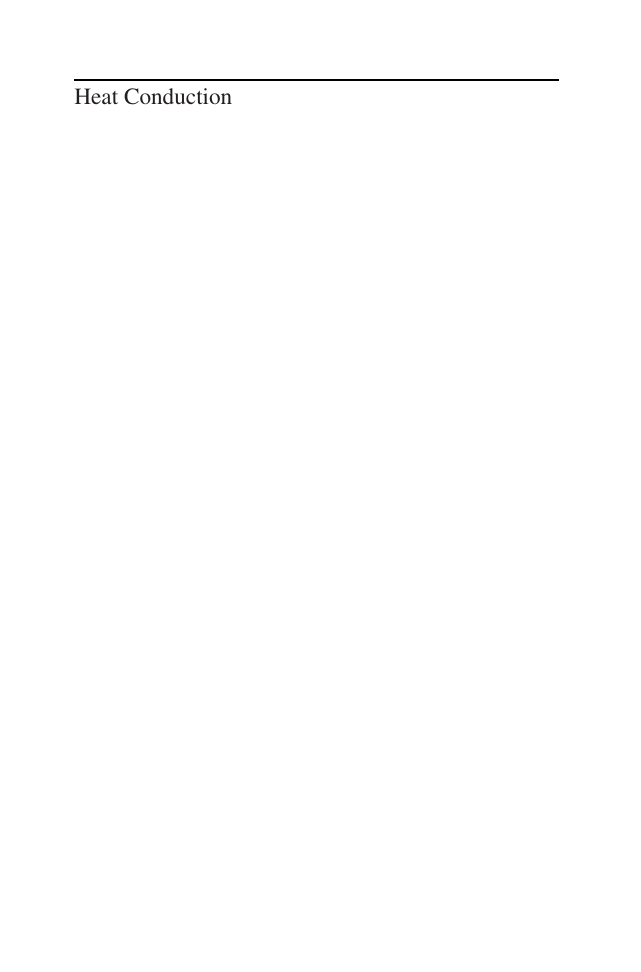
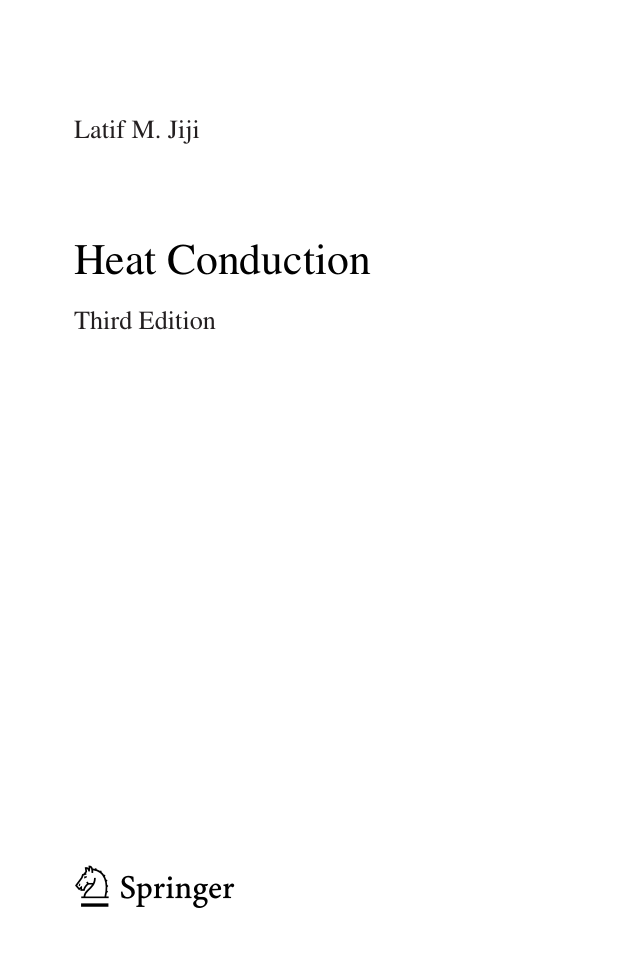
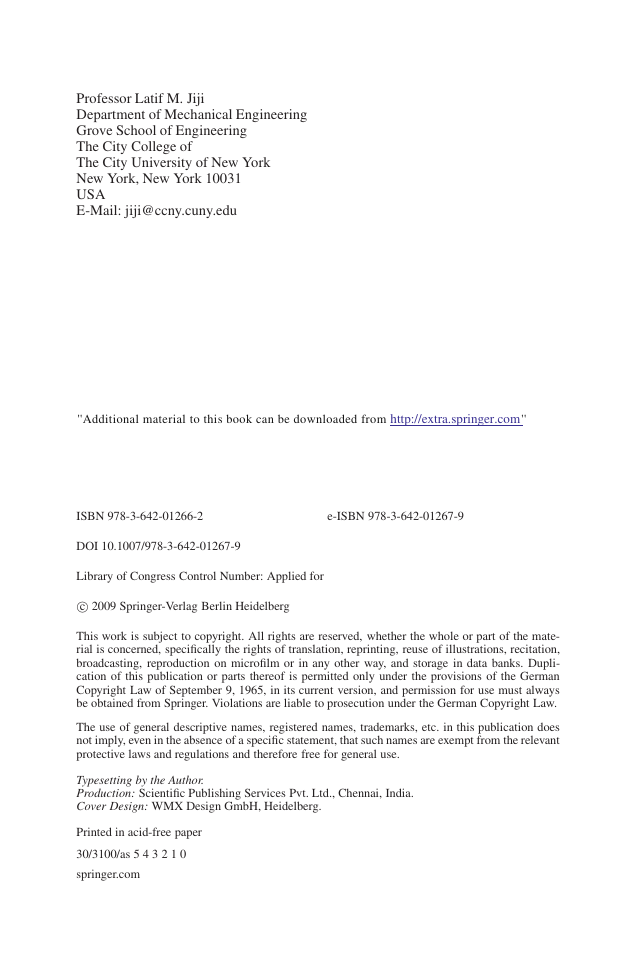

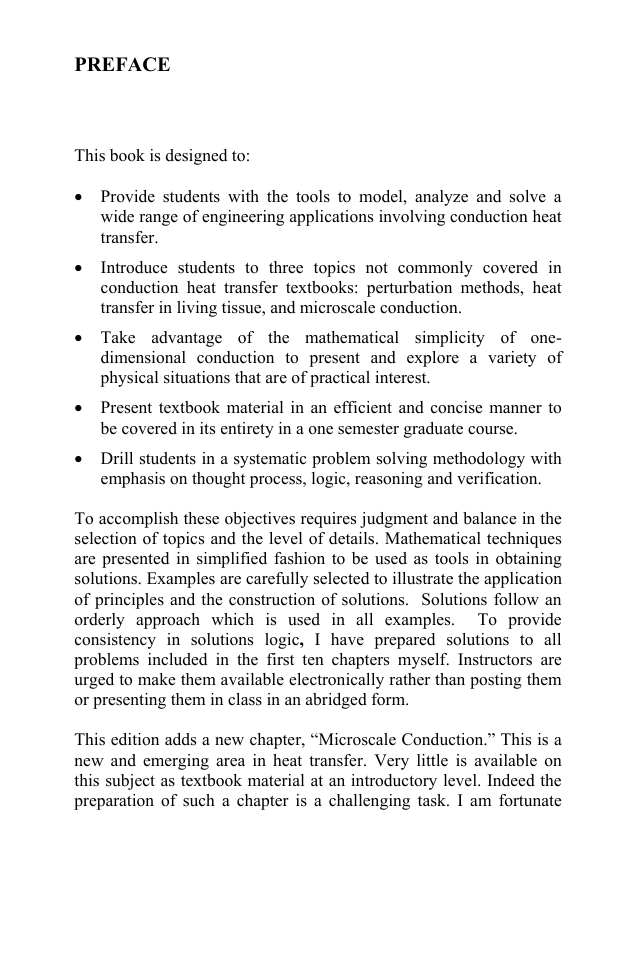
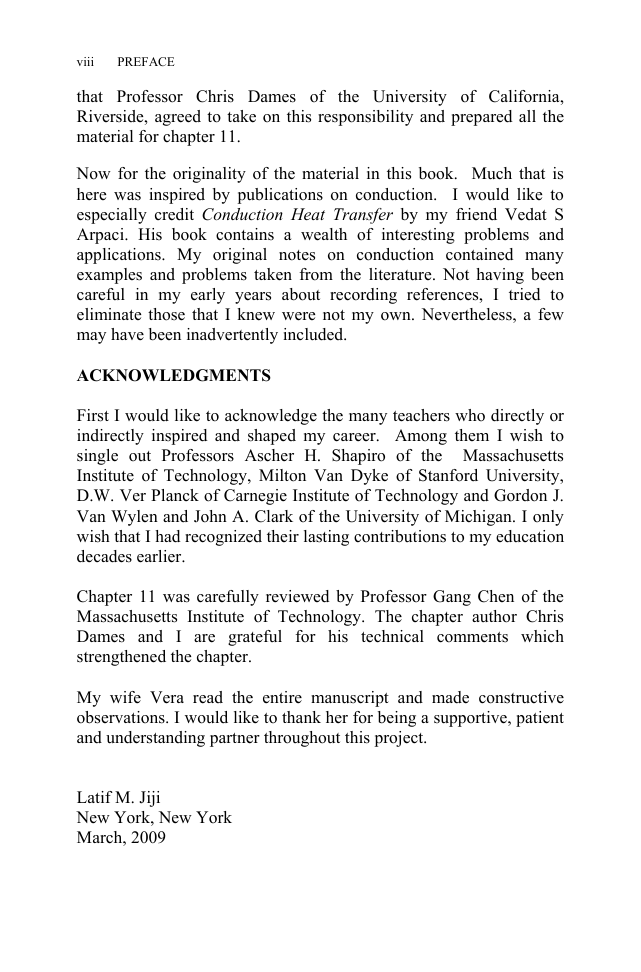
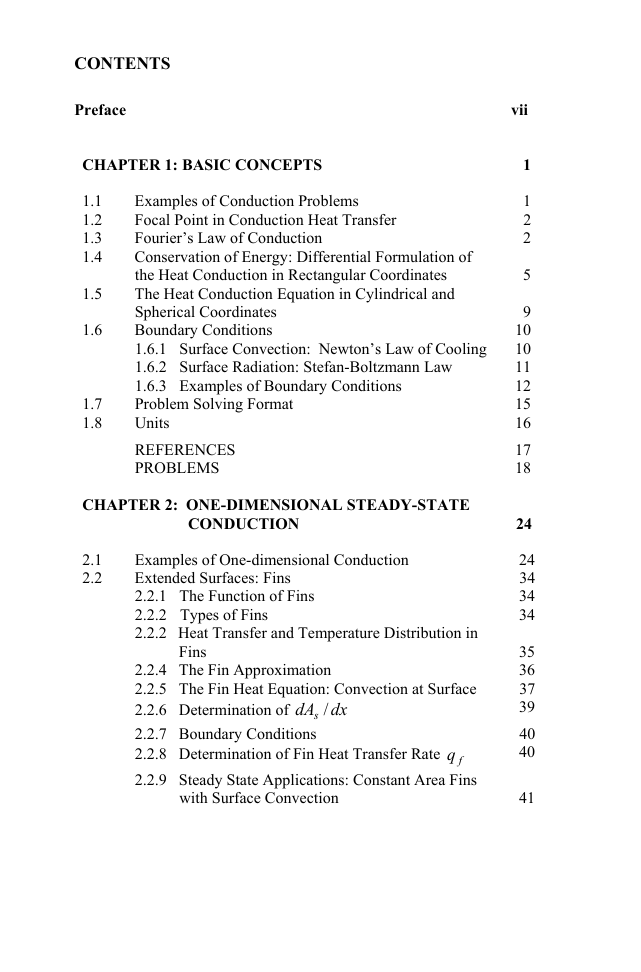








 2023年江西萍乡中考道德与法治真题及答案.doc
2023年江西萍乡中考道德与法治真题及答案.doc 2012年重庆南川中考生物真题及答案.doc
2012年重庆南川中考生物真题及答案.doc 2013年江西师范大学地理学综合及文艺理论基础考研真题.doc
2013年江西师范大学地理学综合及文艺理论基础考研真题.doc 2020年四川甘孜小升初语文真题及答案I卷.doc
2020年四川甘孜小升初语文真题及答案I卷.doc 2020年注册岩土工程师专业基础考试真题及答案.doc
2020年注册岩土工程师专业基础考试真题及答案.doc 2023-2024学年福建省厦门市九年级上学期数学月考试题及答案.doc
2023-2024学年福建省厦门市九年级上学期数学月考试题及答案.doc 2021-2022学年辽宁省沈阳市大东区九年级上学期语文期末试题及答案.doc
2021-2022学年辽宁省沈阳市大东区九年级上学期语文期末试题及答案.doc 2022-2023学年北京东城区初三第一学期物理期末试卷及答案.doc
2022-2023学年北京东城区初三第一学期物理期末试卷及答案.doc 2018上半年江西教师资格初中地理学科知识与教学能力真题及答案.doc
2018上半年江西教师资格初中地理学科知识与教学能力真题及答案.doc 2012年河北国家公务员申论考试真题及答案-省级.doc
2012年河北国家公务员申论考试真题及答案-省级.doc 2020-2021学年江苏省扬州市江都区邵樊片九年级上学期数学第一次质量检测试题及答案.doc
2020-2021学年江苏省扬州市江都区邵樊片九年级上学期数学第一次质量检测试题及答案.doc 2022下半年黑龙江教师资格证中学综合素质真题及答案.doc
2022下半年黑龙江教师资格证中学综合素质真题及答案.doc